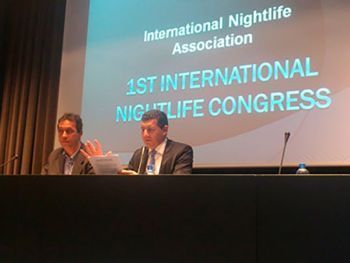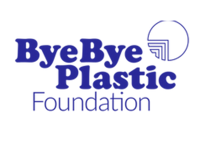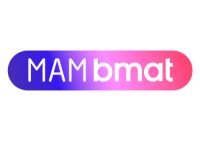INA presented on some minimum security requirements
Last Monday, March 18th 2013, within the framework of the 1st International Nightlife Congress, celebrated in Castelledefels (Barcelona), representatives from the International Nightlife Association requested the approval of some common minimum security requirements for leisure establishments. These requirements are expected to be included in all the internal legislation countries that don’t have them yet, to protect the establishment’s audience, no matter where the respective country is located.
The aim of this initiative is to protect the establishment’s audience and prevent incidents such as the recent Kiss Night Club fire in Brasil, where 235 people died and the incident in Madrid Arena where 5 of the attendants also lost their lives in a tragic manner.
The International Nightlife Association, currently under expansion, is perfectly legitimized to require these international minimum security requirements, considering that a disaster of that kind in any part of the world is detrimental for the image of all night clubs, regardless where they are placed. The minimum security requirements suggested in the press conference on Monday 18th, are the following ones:
- The number of the evacuation routes and their dimensions must be appropriated to the establishment’s capacity.
- Emergency exits and evacuation routes must be properly indicated.
- Emergency lights and establishment signs must work properly.
- Construction, decorative and structural elements must be low-flammability.
- The establishment must built a specific area, 120 minutes minimum stability.
- Doors situated in the evacuation routes must open in the evacuation direction and they must have anti-panic bars.
- Emergency exits must work properly and they can not be obstructed.
- Pyrotechnic or fire performances are totally forbidden inside the establishments.
- Nightlife activities with high occupancy are forbidden for inappropriate establishments as pavilions, sports center and civic centers, among others.
- Security and control staff must be trained about security requirement and prove the training in written documents.
- Establishments with a capacity over 1.500 people must have automatic procedures to control the capacity and an auto protection plan.
- Establishment’s entries must place a badge showing the maximum capacity allowed on the licence.
- License holders must pick out a capacity control responsible and this one has to make sure the capacity never exceeds.
- The establishment must have a civil liability insurance with an insured capital based on its capacity.
The compliance of these international minimum security requirements will be verified by ICDQ, a great prestige international certifying entity of security and public liability. With a correct compliance of the requirements, the nightclub will get a badge certifying it from the International Association, which should be placed in the establishment’s entry. This badge will have “Secure Nightlife Venue” written on it.
The establishments with this badge will appear on the International Nightlife Association website (www.internacional-nightlife.com), allowing all night life users travelling to any country in the world find the establishments which accomplish with the minimum security requirements, knowing their lives will be safe in case of disaster.
As the general secretary of the International Nightlife Association, Joaquim Boadas, said in the press conference, "certantly it is inconceivable that a client could request to the activity manager the documentation and establishment’s certificates or examine himself to know if this accomplishes the minimum security requirements, for this reason, the system we propose here will be very useful to all the people that want to know if their or their loved ones safety is guaranteed, regardless where they are placed.”








